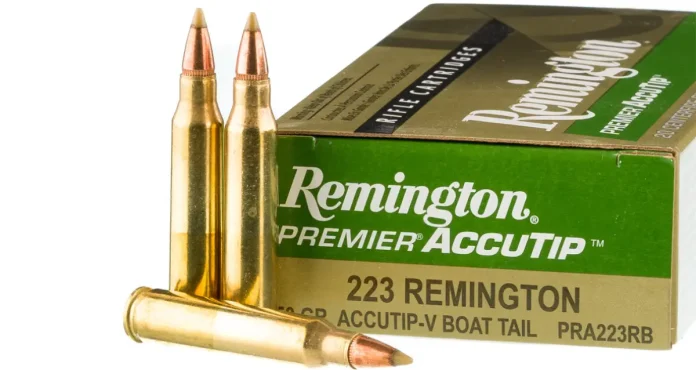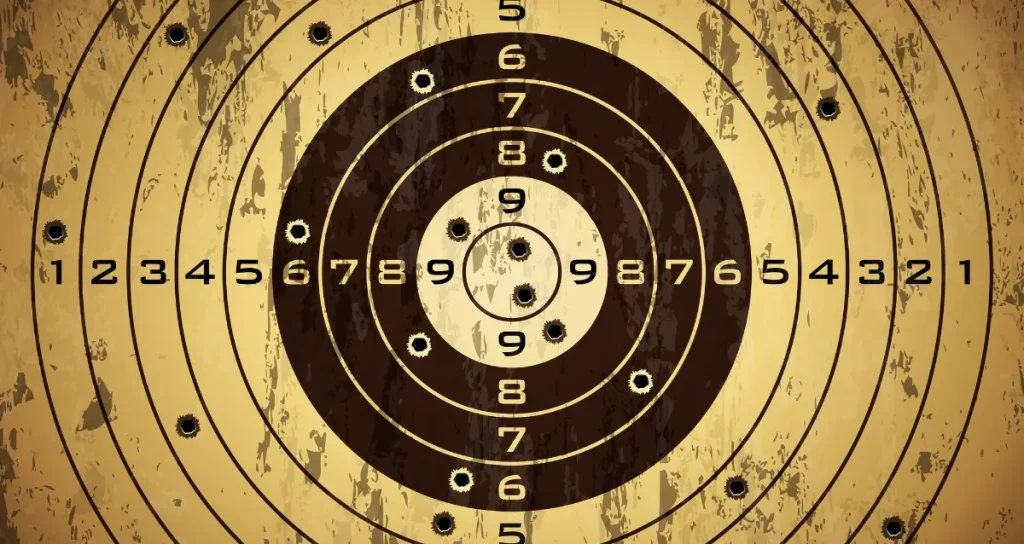
The .223 Remington cartridge has long been a favorite among shooters, hunters, and military personnel alike. Its reputation for precision and performance has earned it a prominent place in ballistics discussions.
In this article, we’ll dissect the key aspects of the .223 Remington bullet, focusing on its ballistics and accuracy.
Ballistics of the .223 Remington
Ballistics encompasses the study of bullet behavior from the moment it leaves the barrel until it hits the target. For the .223 Remington, the key ballistic factors include muzzle velocity, trajectory, and energy.
Muzzle Velocity
Muzzle velocity is the speed of a bullet as it leaves the barrel. For the .223 Remington, this velocity typically ranges between 2,500 to 3,200 feet per second. This high speed is essential for precision shooting, as it affects the bullet’s flight path and stability.
A faster muzzle velocity usually results in a flatter trajectory, making it easier to hit distant targets accurately. This is one reason why the .223 Remington is favored in precision shooting disciplines.
Trajectory
Trajectory describes the path a bullet takes from the gun to the target. For the .223 Remington, the trajectory is relatively flat, especially at shorter distances. This makes aiming easier for shooters. The bullet starts to drop as it gets farther from the barrel.
The ballistic coefficient plays a role in this drop. A higher ballistic coefficient means the bullet can cut through the air better, maintaining a flatter trajectory for a longer distance. This characteristic helps shooters achieve greater accuracy even at extended ranges.

Factors Influencing Accuracy
Here are some of the most crucial factors that influence the accuracy of the .223 Remington cartridge.
Rifle Barrel
The rifle barrel is a key part of the gun. It impacts accuracy. A longer barrel can make a bullet more stable. Stable bullets hit targets better. The material of the barrel matters too. Some are made of steel. Steel barrels are strong. They last a long time.
The inside of the barrel has grooves. The grooves spin the bullet. Spinning helps the bullet fly straight. Clean barrels work best. Dirty barrels can make bullets miss targets. A cool barrel is also good. Hot barrels can bend, making shots less accurate. Keep barrels clean and cool for best results.
Ammunition
Ammunition plays a crucial role in the accuracy of the .223 Remington. High-quality ammunition ensures consistent performance and reliable results. One popular option is speer gold dot ammo.
This type of ammunition is known for its reliable expansion and penetration. Using premium ammunition like this can significantly enhance the shooting experience, making it more enjoyable and effective.
Shooter Proficiency
Shooter proficiency is crucial for achieving accurate shots with the .223 Remington. Practice is key to improving skills and reducing errors. Familiarity with the rifle helps in making quick and precise adjustments.
Proper stance and grip ensure stability during shooting. Regular training builds muscle memory and improves reaction times. Knowing how to manage recoil can also enhance shooting accuracy. A confident shooter is a proficient shooter.
Conclusion
In conclusion, the .223 Remington bullet is a really good choice. It’s fast and accurate. This makes it perfect for shooting things far away. If you use a good gun and great ammo, you will hit your target more often.
Even if you aren’t an expert, this cartridge can help you shoot better. So, whether you are hunting or just practicing, the .223 Remington won’t let you down.
Visit our blog for more!
FURTHER READING









